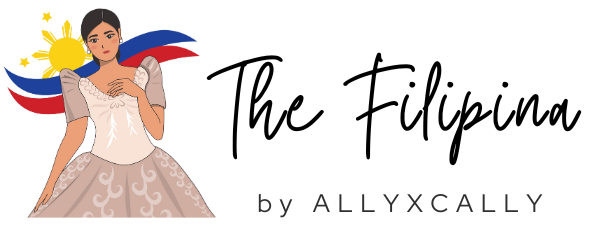From the intricate fabrics of the Ifugao to the piña and jusi of the Visayas, weaving has long been an essential art form in the Philippines, reflecting its diverse heritage and skilled craftsmanship. Filipino weaving is not only about creating beautiful textiles but also about preserving centuries-old traditions passed down through generations. Here, we’ll explore the fascinating history of Filipino weaving techniques and the unique textiles that define the archipelago.
A Heritage Woven in Time
Weaving in the Philippines traces back over a thousand years, well before Spanish colonization. The art of textile-making is woven into the country’s culture, with each region producing textiles distinctive to its environment, beliefs, and cultural influences. Early Filipinos utilized native plants, like abaca, pineapple leaves, and cotton, to produce these vibrant, durable, and meaningful fabrics. Filipino weaving tells a story of people, place, and cultural pride that has evolved yet stayed connected to its roots.
Key Filipino Weaving Techniques
-
Backstrap Loom Weaving
This technique, practiced by Indigenous groups like the Ifugao, Kalinga, and T’boli, involves a traditional loom that allows artisans to control the tension with their body. The backstrap loom produces detailed patterns and is valued for the intricate, culturally significant designs that are unique to each tribe. The weaves often feature symbolic patterns that represent nature, spirituality, and daily life.
-
Piña Weaving
Piña weaving, originating in the Visayan region, uses fibers from pineapple leaves to create an exquisite, fine-textured fabric that is often sheer and luxurious. Hand-woven piña fabric is an iconic material for the traditional barong Tagalog and Maria Clara attire. Known for its delicate quality and lightness, piña is often embroidered with intricate designs, making each piece a work of art.
-
Inabel Weaving
Inabel is a famous handwoven textile from the Ilocos region, created using natural cotton fibers and dyed with plant-based colors. The inabel cloth is known for its durability and versatile uses, from blankets to traditional clothing. The patterns are geometric and represent themes of protection, family, and spirituality.
-
T’nalak Weaving
The T’nalak is a sacred cloth woven by the T’boli people in Mindanao. Using abaca fibers, T’nalak fabric is often adorned with complex, meaningful patterns inspired by dreams of the weavers, known as dream weavers. T’nalak holds deep cultural and spiritual value for the T’boli, symbolizing a connection between the spiritual and physical worlds.
-
Sinamay Weaving
Made from abaca fiber, Sinamay is another versatile textile. It is used not only for clothing but also for traditional accessories and even baskets. Sinamay weaving is found in multiple regions and has evolved to create home decor and fashion pieces, becoming a popular export for Filipino artisans.
Filipino Textiles: Regional Variations and Their Meanings
Each textile and weaving technique carries its own set of meanings, colors, and patterns unique to its region. Here are a few examples:
- The Kalinga Fabrics: Known for bold red and black patterns, Kalinga weaves often symbolize bravery and protection.
- Ifugao Weaves: These feature earthy tones and are associated with agriculture, fertility, and nature, reflecting their mountainous homeland.
- Yakan Textiles from Basilan: Recognizable by their vibrant colors and complex patterns, Yakan textiles are often worn during traditional events and ceremonies and hold significant spiritual meaning.
The Evolution of Filipino Weaving
Throughout history, Filipino weaving has adapted to external influences, including Chinese and Spanish trade interactions. While many traditional techniques remain intact, modern weavers have incorporated new designs and materials, broadening the appeal of Filipino textiles to global markets. Filipino weaving now finds itself in high fashion, interior design, and contemporary accessories.
Why Filipino Textiles Matter Today
Supporting Filipino textiles means more than appreciating an art form; it means upholding a way of life and helping communities preserve their cultural heritage. Many Filipino weavers continue to face economic challenges, and by choosing to invest in their creations, we contribute to the livelihoods of artisans who dedicate their lives to preserving these crafts. Organizations and brands, including The Filipina by AllyxCally, offer handwoven textiles and clothing that celebrate this art and share its story with a broader audience.
Embrace Filipino Heritage with Handwoven Pieces from The Filipina by AllyxCally
At The Filipina by AllyxCally, we honor this weaving heritage by offering unique handwoven apparel and accessories that bring traditional Filipino craftsmanship into modern styles. Whether you’re looking for a piña barong, an inabel shawl, or a sinamay accessory, each piece tells a story of artistry, resilience, and Filipino pride.
Closing Thoughts
The history of Filipino weaving techniques and textiles showcases a unique blend of skill, culture, and beauty that continues to inspire new generations. Embracing these textiles not only supports Filipino artisans but also connects us to a legacy of craftsmanship that reflects the vibrant Filipino spirit.

